
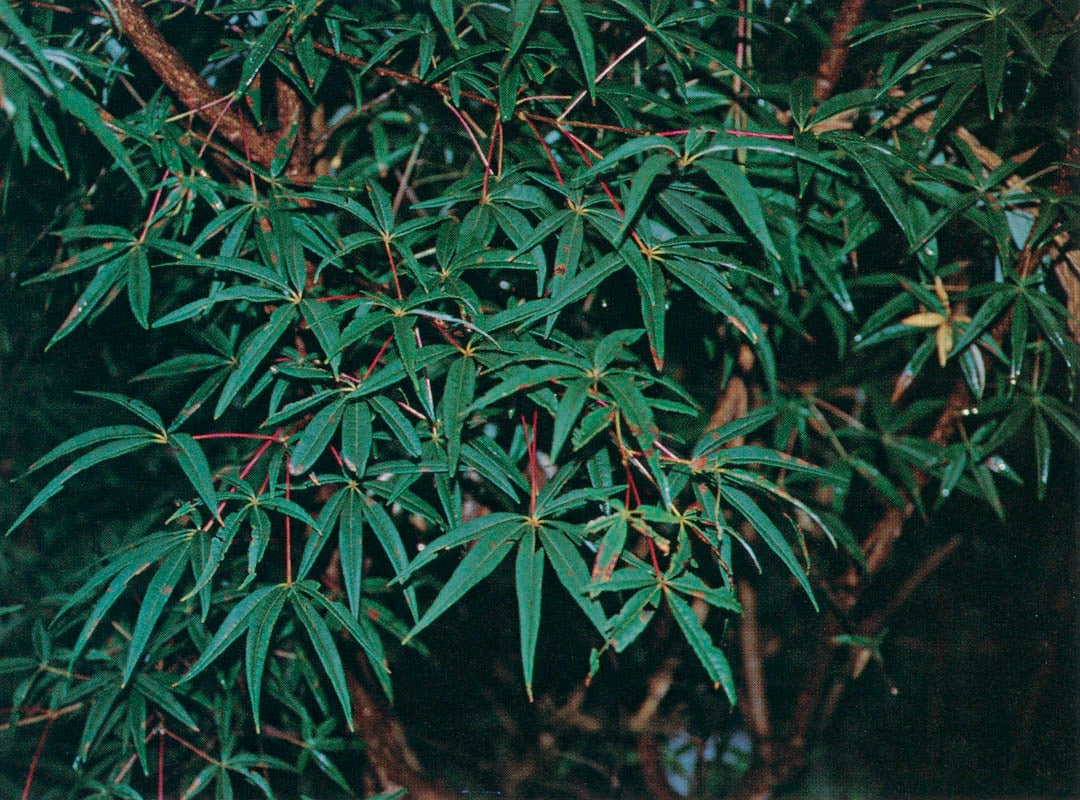
Contributor
- Topics: Archive, Plants You Need

Extinction is part of evolution. For one reason or another, species become extinct all the time. An estimated ninety-five percent of all species that have ever existed are now extinct.
Michael Alan Park, Biological Anthropology
Almost daily we hear of species on the brink of extinction. Whereas a few are familiar animals seen in zoos, on television, or in magazines, most are unfamiliar plants and animals, often in some far corner of the world. Many eminent biologists say that we are in the midst of a sixth mass extinction that began with the advent of agriculture about 10,000 years ago, enabling our population to increase and eventually inhabit most of the earth. As our population continues to grow at an accelerating rate, especially in the last fifty years, so has the rate of extinctions. Unlike the previous five mass extinctions, this one is driven by the impact of a single species—Homo sapiens. We humans are increasingly altering and destroying habitats in both subtle and obvious ways. It is difficult to calculate the effect on the world’s biodiversity, but most scientists concur that it is more than substantial. Some estimates put the current extinction rate as high as 27,000 species a year—or three every hour. It is difficult to comprehend such loss. For this horticulturist though, nothing brings home the message as clearly as a visit to the last remaining stand of a rare tree that I have known and admired for years.
Like many enthusiastic nurserymen, maples caught my attention early on. I admired their many leaf shapes, graceful branching, and exceptional fall color. I was intrigued by the more than 150 species and the many cultivars, especially the Japanese maples (Acer palmatum). However, it was another Asian maple that slowly emerged as my favorite. Whether it was the unusual deeply divided leaves, or its rarity both in cultivation and in the wild, Acer pentaphyllum captured my imagination. With five, occasionally seven, narrow leaflets divided to the base, it is distinct from other maples. The leaflets have acuminate tips and are usually seven to ten centimeters long but less than one centimeter wide; the leaves have red petioles. Although it can be a tree as high as ten meters, it usually is a large shrub to three or four meters. Fall color ranges from yellow to crimson. The terminal flower clusters are yellow. Though not considered particularly hardy, young trees have survived 14° F in Sonoma during the freeze of December 1990.

A Discovery
During an expedition sponsored by the National Geographic Society in 1929, Joseph Rock discovered Acer pentaphyllum in southwestern Sichuan near the small Tibetan town of Muli. Rock, an eccentric, gifted, self-trained linguist-botanist from Austria, spent almost thirty years in China, funded by various American organizations, collecting plant specimens and studying the cultures of the inhabitants of the mountainous regions in Yunnan and Sichuan. Under his collection number 17,819, he wrote that this species was ten meters high and was growing at an elevation of 3,050 meters, between Baurong and Kulu, west of the Yalung River (Yalong Jiang). It was named and described in 1931 by Professor Diels, the Director of the German State Botanic Garden at Berlin-Dahlem. Three trees at Strybing Arboretum in San Francisco were presumed to be the only known survivors from Rock’s discovery. One tree appeared to be older than the others and had a six-inch trunk while the other two had three- to four-inch trunks. All three had died by 1991, one girdled by a squirrel, and the others from root rot. Strybing’s records state that the origin was unknown, but that they may have come from UC Berkeley Botanical Garden. Berkeley does have an accession record for Acer pentaphyllum (#38.996) saying it was from Rock, but it does not mention a Rock collection number. The note also differs slightly by stating that the origin was “opposite Baurong in lateral gorge of Yalung River” and that it was collected at an altitude of 6,000 feet, much lower than Rock’s 3,050 meters (10,000 feet). Whether this is an error or represents a second collection by Rock is unclear. Unfortunately, Berkeley has no record of what happened to their accession and currently has no trees of this species in its collection.
It has been widely publicized that all Acer pentaphyllum in cultivation in North America are from Rock’s trees at Strybing Arboretum. Apparently, Strybing’s trees rarely set seed but some were successfully propagated from scions. Renowned nurseryman Toichi Domoto successfully grafted scions onto seedlings of sugar maple (Acer saccharum) and distributed them. This is evidently the origin of a tree at Western Hills Nursery, which produces large quantities of viable seed and is now over ten meters tall. Other trees grafted by Domoto also produced viable seed and from these he distributed seedlings. All Acer pentaphyllum in cultivation today, with one exception, appear to trace their origin to Domoto, Western Hills, and ultimately Strybing Arboretum. Although this maple is now listed in several nursery catalogues, it remains rare in cultivation.
EE Kemp, in The Plantsman in 1991, puts a curious twist on the origin of Strybing’s legendary trees. Kemp was curator of the Royal Botanic Gardens, Edinburgh, from 1950 to 1971. He argues quite convincingly that, although an Acer pentaphyllum may have made its way to Strybing from Rock, it did not originate from his 1929 discovery. Kemp states that Rock’s collection in 1929 could not have produced plants, as the collection date was July 8, too early for seed to be viable. An examination of Rock’s herbarium specimen further confirmed this as did the lack of any records of plants originating from the 1929 discovery. Kemp then relates a chance meeting with Rock in July of 1939 in the garden at Berlin-Dahlem, whereupon Rock approached him with three small seedlings of Acer pentaphyllum under his arm. Rock presented him with one of them asking him to take good care of it at Edinburgh, adding, “it is very rare.” Unfortunately, the tree only survived a few years. Although Kemp initially assumed that the tree had been collected by Rock, he later concluded that the tree must have come from a Chinese professor by the name of TT Yu. He had collected herbarium specimens of Acer pentaphyllum on November 2, 1937 near Muli and distributed these to several institutions including the Royal Botanic Gardens at Edinburgh. The specimen there has many mature seeds, so it is quite possible that the specimens sent elsewhere did as well. Rock conceivably had three trees with him that had germinated from surplus seeds in Germany and wanted to give them good homes.
Kemp goes on to describe a visit to Strybing Arboretum in 1966 with former director PH (Jock) Brydon. At that time, Strybing apparently had only one tree of Acer pentaphyllum. He told Brydon that Strybing’s tree must have been one of the three that Rock had in 1939 and was probably given to Strybing’s first director, Eric Walther, by Rock himself. Rock knew and admired Walther’s skills as a plantsman. Perhaps this, then, is the reason for the confusion. Strybing’s tree was probably from Rock via Germany, but from Yu’s collection in 1937, and not from seed collected by Rock when he discovered the tree in 1929.
Personal Pursuits
When I had the opportunity to travel to western Sichuan, I hoped to see this rare maple in the wild. Little did I know that it would take me fifteen journeys before I would find any. During my first visit to Sichuan in 1988, I learned, from our hosts at the Chinese Academy of Sciences in Chengdu, that some trees of Acer pentaphyllum occurred in a remote area south of the small town of Jiulong, a village not on our itinerary and not yet open to foreigners. Jiulong lies north of Muli and straddles the Jiulong River, surrounded by heavily forested mountains about seventy kilometers southwest of Gongga Shan (Minya Konka), Sichuan’s highest mountain. In the fall of 1991, with special permits in hand, we traveled to the still closed area of Jiulong. We had planned to collect specimens south and west of Jiulong. Unfortunately, a landslide had destroyed the road west, and the road south had been washed away by heavy summer rains, thereby ending any hope of seeing the trees that year.
In the spring of 1992, Dr Yin Kaipu of the Chengdu Institute of Biology surprised me with a gift of seeds of several different trees from western Sichuan. Included among them was a small packet of Acer pentaphyllum seeds. After he told me that they had been collected from the wild stand south of Jiulong, it dawned on me that I was, quite possibly, holding in my hand the only introduction of this unique maple since its initial introduction in either 1929 or 1937. Despite the species’ parthenocarpic tendencies (producing viable seeds without fertilization, as grapefruits do) and its reputation for being difficult, if not impossible, to germinate, we managed to grow several, seven of which survive in our collection at Quarryhill Botanic Garden today. As far as we know, with the loss of the trees at Strybing, ours are the only living trees of wild origin of this species in North America. We distributed two of our seedlings to UC Berkeley Botanical Garden, but those did not survive. Four of our trees were planted in partial shade in May of 1996 and are now five to eight feet tall with the widest at nine feet. The other three were planted in March of 2001 in full sun and have reached three feet. All seven are healthy, although the leaders on the first four have given up dominance to a side branch.
In 1992, during a visit to the Muli area of southwestern Sichuan, I again was hopeful that I might find this maple. Despite days of searching in areas near Rock’s original discovery, we found no trees of Acer pentaphyllum. In the spring of 2001, while traveling north from the Yalong River up the Jiulong River to Jiulong, I was optimistic that I would complete my quest. I knew that the road passed by the area that we had been told about during my first visit to Sichuan. We were told to look for a certain footbridge across the Jiulong River and that the trees were a short distance beyond a small settlement on the other side of the river. Despite stopping at bridges of various sizes and shapes, even at bridges that were all or partly destroyed, and asking local villagers, we could not find the elusive trees.
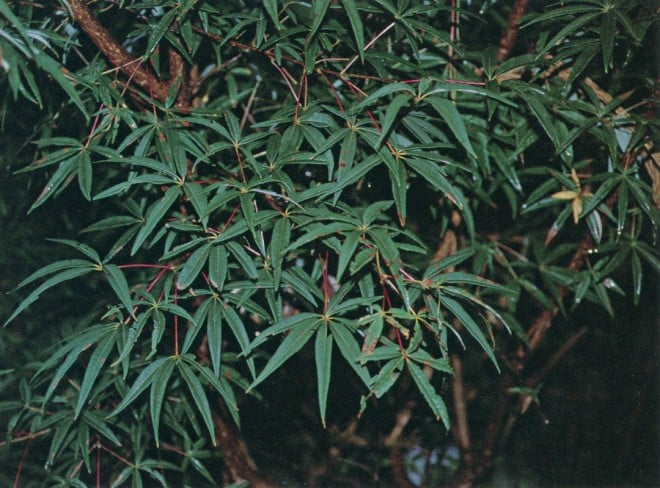
Success, At Last
Finally, on another collecting trip in September of 2001, we arrived in Jiulong confident that we would at last see Acer pentaphyllum in the wild. I was traveling with Tony Kirkham and Steve Ruddy from the Royal Botanic Gardens, Kew, and Mark Flanagan from Windsor Great Park, along with Dr Yin Kaipu who had promised to take us to the actual site. We were all worn out and tired from several weeks of fieldwork collecting seeds and herbarium specimens around Gongga Shan.
The next morning, after a surprisingly good night’s sleep in a rather comfortable bed, we headed south a little before nine. About fifty minutes and twenty-four kilometers later, we stopped at an ornately painted footbridge. On the other side of the river was a small settlement of stone houses called Rala. We crossed the bridge and walked through cornfields just above the river. After passing a large stone house, the path became much steeper with the slope at times almost vertical. A little more than one hundred yards beyond the stone house, on our left, just a few feet below the path, stood a healthy Acer pentaphyllum. It was about five meters high with a spread of about three meters. The trunk was almost a meter in diameter at the base and quickly divided into two main trunks, one about thirty centimeters and the other about forty-five centimeters in diameter. The tree had obviously been cut several times, apparently for fuel, giving it a dense shrubby appearance. There was a large quantity of seed, all on the south side of the tree. Looking around, we saw what we thought were six more trees scattered on the steep slope above us. We were told that there were less than twenty trees in this area, but time did not allow us to investigate further. Dr Yin then told us that this was the last known stand of Acer pentaphyllum.
As the significance of his remark sunk in, I looked around again at the few trees in the distance. We were standing about sixty meters above the Jiulong River in a deep canyon of exceedingly steep mountains. Though not yet ten o’clock, it was almost 70°F with a few low clouds hugging the mountaintops. The maples were growing with evergreen oaks (Quercus), roses, and ashes (Fraxinus) on a southwestern exposure at an elevation of 2,580 meters. Although the villagers had been told in 1988 to protect the trees, there were no fences and no sign of regeneration. Goats and sheep grazed freely nearby. It was hard to imagine these few rare trees surviving another twenty years.
When Joseph Rock found Acer pentaphyllum seventy-two years earlier, there were far fewer people living in these rugged mountains. But, even then, he noticed that they were rare. Whether there are other small stands growing in isolated unexplored mountainsides in Sichuan is unknown. What is known is that we are losing species rapidly, most before we even have a slight understanding of them. Unfortunately, these maples were growing near the homes of subsistence farmers, themselves living on the edge, where anything burnable is an important resource. Thankfully, the increasing number of maple enthusiasts worldwide will insure the survival of Acer pentaphyllum, at least in cultivation.
It is curious that the ornamental plants that have made it into our gardens, through our devotion to their beauty, have in many cases secured their long-term survival. For countless other species, known and unknown, the future remains in question.
Thanks to Bian Tan, Elaine Sedlack, John Domzalski, Holly Forbes, Scot Medbury, Don Mahoney, Jake Sigg, Maggie Wych, Randall Hitchin, Peter Raven, Mai Arbegast, Scott McMahan, Ted Kipping, John Kipping, Fred Coe, Pete Lowry, Charles Erskine, and Tony Avent for their helpful comments and anecdotes.
Share:
Social Media
Garden Futurist Podcast
Most Popular
Videos
Topics
Related Posts
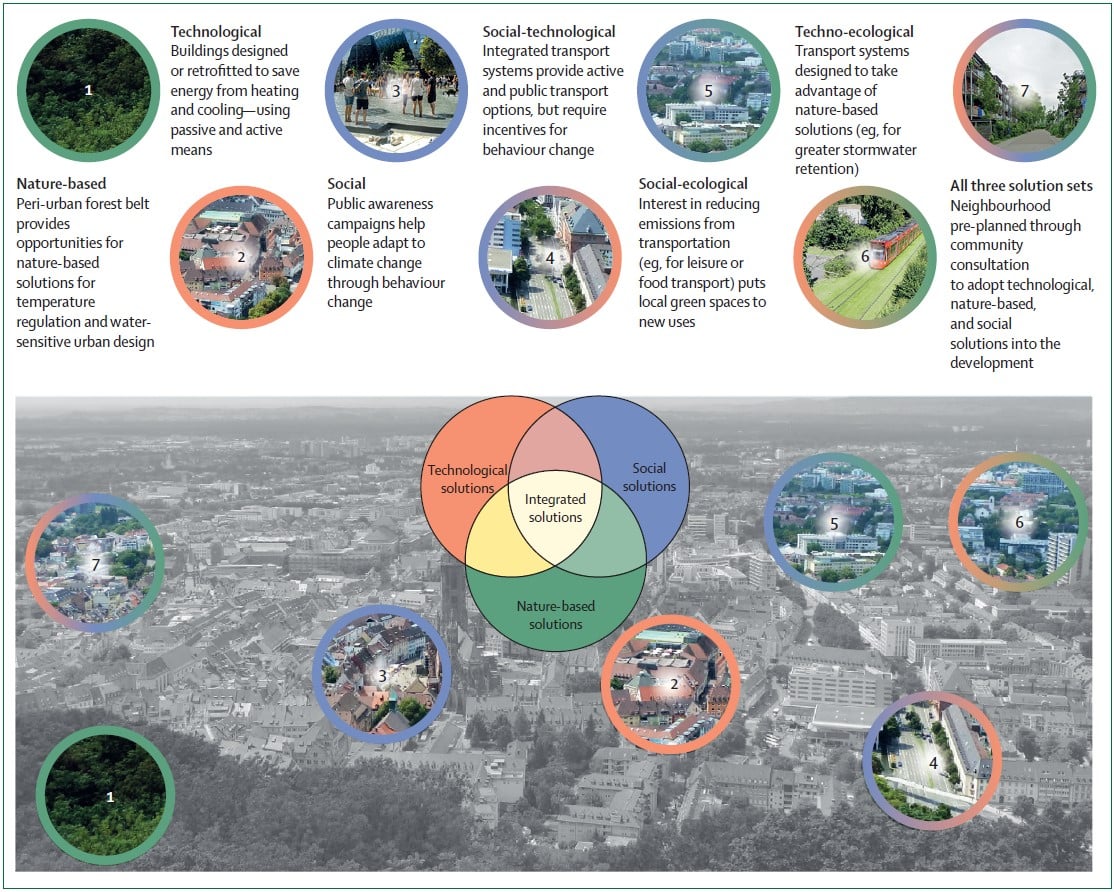
Ground Up Science for Greener Cities with Garden Futurist Dr. Alessandro Ossola
Spring 2023 Listen to the Podcast here. Alessandro Ossola is a scientist who gets very excited about the challenge of climate change allowing for an
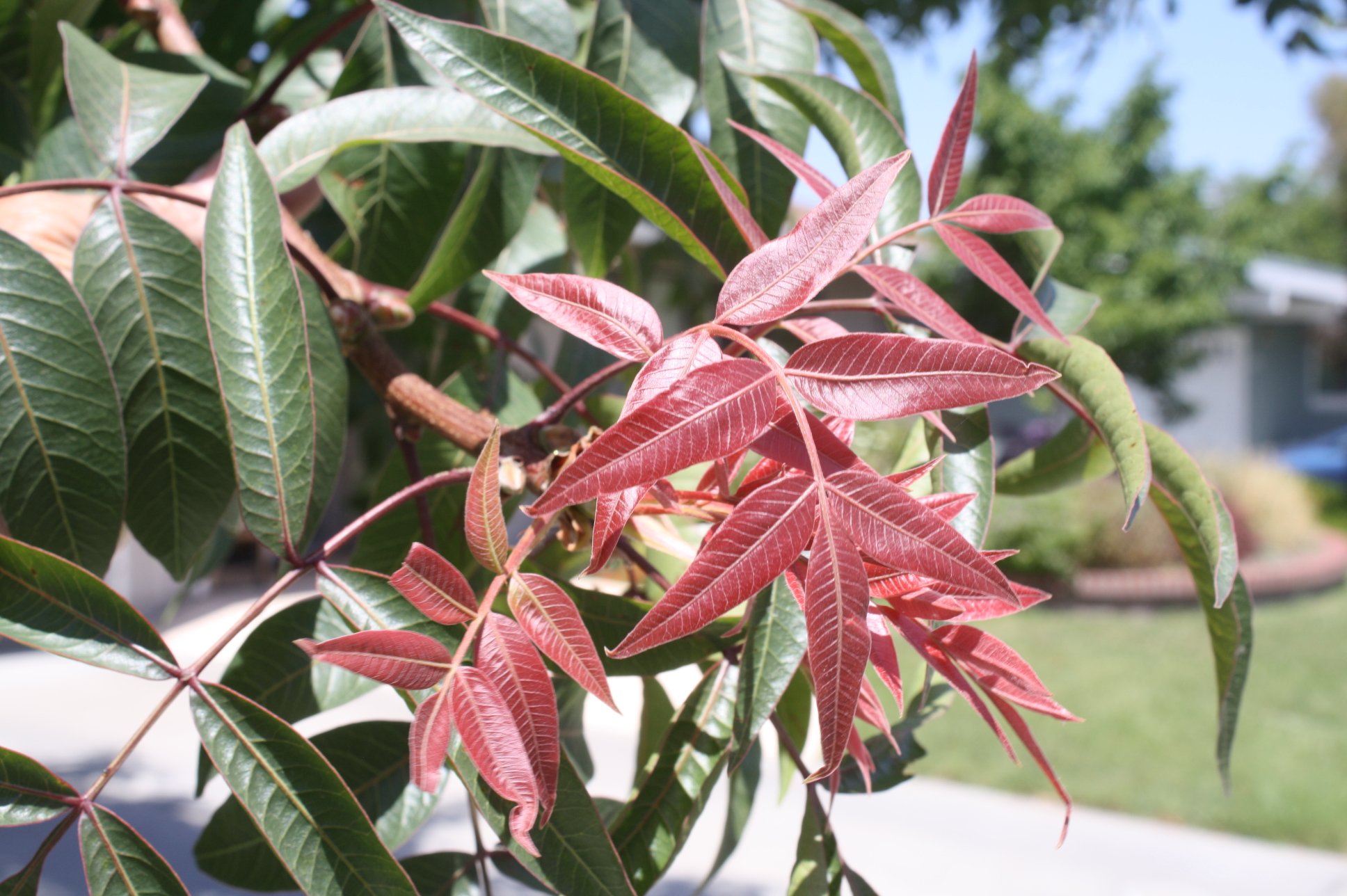
Readying Urban Forests for Climate Realities with Garden Futurist Dr. Greg McPherson
Winter 2023 Listen to the Podcast here. “Going from the mow and blow to a more horticulturally knowledgeable approach to maintaining the landscape. And that

Welcome, Greywater, to the Garden
Summer 2022 Oh, summer: delightful warm air, tomatoes swelling on the vine, fragrant blooms on an evening stroll. When it’s warm and rainless, how is
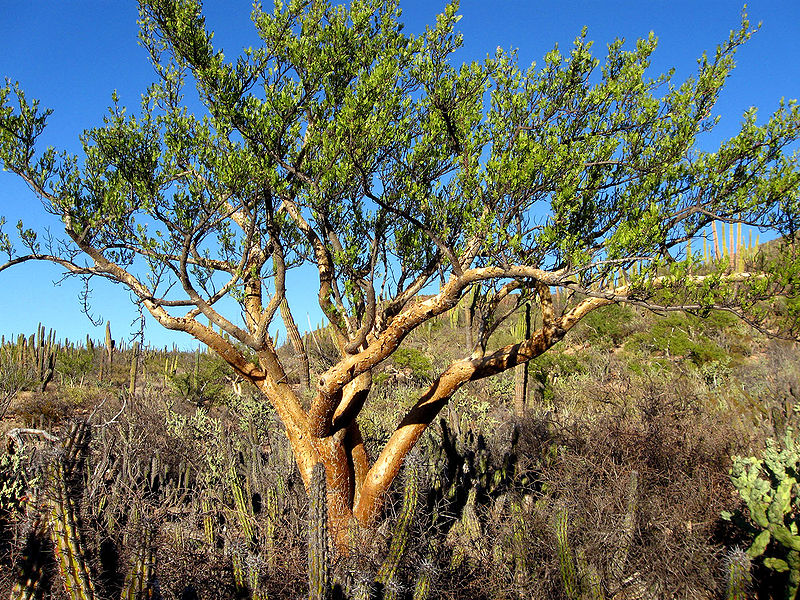
Big Tree-Data and Big-Tree Data with Garden Futurist Matt Ritter
Summer 2022 Listen to the full Garden Futurist: Episode XV podcast here. We are in an environmental crisis right now in many parts of California




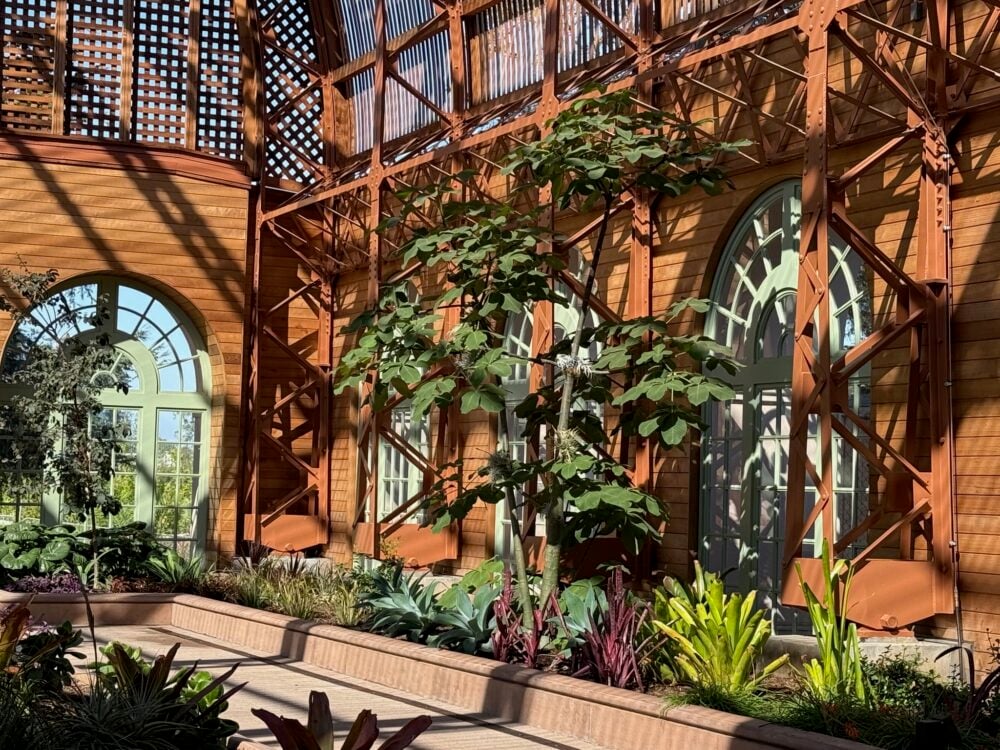



Responses